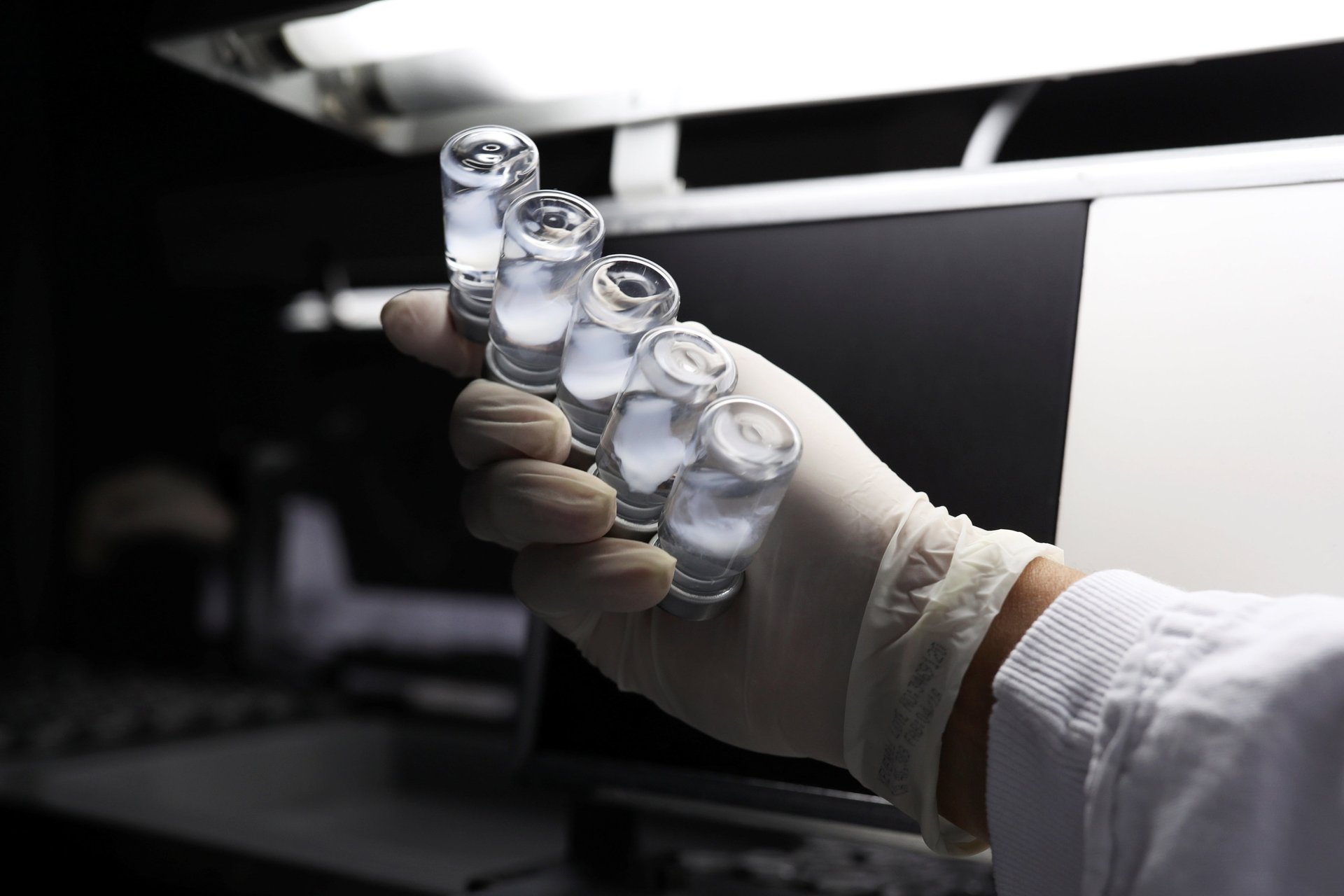Southeast Asia is embracing China’s Sinovac vaccine despite its confusing efficacy data
In a livestream from the Indonesian presidential secretariat’s YouTube channel, the country’s leader Joko Widodo rolled up his sleeves to receive his shot of the Sinovac coronavirus vaccine, kicking off the nation’s mass inoculation campaign.


In a livestream from the Indonesian presidential secretariat’s YouTube channel, the country’s leader Joko Widodo rolled up his sleeves to receive his shot of the Sinovac coronavirus vaccine, kicking off the nation’s mass inoculation campaign.
His vaccination comes just two days after Indonesia became the first country outside China to grant emergency use authorization to privately Chinese biotech firm Sinovac’s Covid-19 shot. Indonesia has already secured 330 million doses of the vaccine, and so far about 29 million doses have been delivered to the country.
Elsewhere in Southeast Asia, countries have also readily embraced the Sinovac, even as wildly different efficacy rates have been recorded for its vaccine.
What was reported by Brazil’s public Butantan Institute, the country’s major vaccine provider, last week as a 78% efficacy rate was tampered by rumblings that it was actually less than 60% effective, before the institute sharply revised the total efficacy rate to 50.4% yesterday. Over 12,000 volunteers took part in those trials, the vaccine’s largest.
That’s much lower than the 91.25% and 65% efficacy rates Turkey and Indonesia had previously reported from separate small clinical trials, respectively. Limited data have been published from any of these trials, however, raising questions of transparency.
The relatively low efficacy rate will “have implications for China’s vaccine diplomacy as well as its domestic vaccination campaign,” noted Yanzhong Huang, a senior fellow for global health at the Council on Foreign Relations in New York.
It may also complicate matters for the World Health Organization, which is currently assessing whether to add the Sinovac vaccine to its emergency-use listing.
“Because it is at the borderline of the WHO-imposed cutoff efficacy rate [of 50%], the WHO might find it not so easy to make the decision to pre-qualify the China-made vaccine because…it may raise doubts over whether the WHO made the decision to defer to the Chinese government’s request, so there’s the question of credibility and reputation at stake,” said Huang.
To be clear, a 50% efficacy, while not ideal, is still better than nothing. Antony Fauci, the US’s leading infectious disease expert, had last summer said that a 50% to 60% efficacy rate would be acceptable. For comparison, seasonal flu vaccines are typically 40% to 60% effective.
Florian Krammer, an immunologist at the Icahn School of Medicine at Mount Sinai in New York, gave the following verdict on Sinovac in light of the latest results out of Brazil: “Likely still useful. But not really my first choice…”
So far, the conflicting data does not appear to have deterred Southeast Asian nations from placing large orders for the Sinovac vaccine.
The Philippines announced yesterday that its first ever batch of coronavirus vaccines will be from Sinovac, with the first 50,000 doses allotted for the country’s frontline medical workers and no other vaccines from other drugmakers expected to be available until at least June.
Thailand is currently processing applications from Sinovac and AstraZeneca to register their vaccines for use in the country. Though the overwhelming bulk of Thailand’s vaccine orders have been for AstraZeneca’s, Sinovac’s is expected to be ready next month, while the latter’s won’t be ready until May.
Malaysia has also procured 14 million Sinovac doses, in addition to 25 million shots from Pfizer-BioNTech and 6.4 million doses from AstraZeneca.